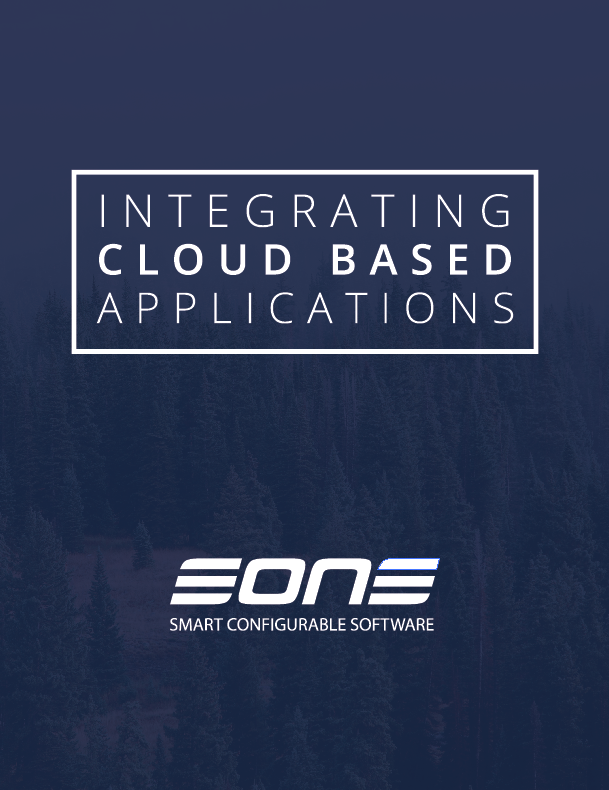So you have been given the job of showing Dynamics GP to prospect! This demonstration is pivotal to the sale, is worth $250K to your company, and helps to keep 2-3 consultants employed. Now don’t feel any pressure?
The demonstration is and should be a pressure situation. This is the one moment you must bring your A game to the table. You have to be at your best. You have one chance.
I have been involved in hundreds of GP demonstration and have delivered some top shelf, sizzling demo’s as well as some dreadful efforts that left me kicking chairs around the room. Literally kicking chairs around the room (of course after the client left).
Why are demo’s so hard:
1. No two demo situations are the same
2. No Mid market customer needs the same solution
3. There is sooo much to show (because GP is that good and that big)
4. Every Demo can be hijacked by a dominant prospect personality
5. Technology
I am not going to delve into a Demo 101 discussion here as there are entire books written on it – but I want to touch on a couple of points that are very specific to delivering winning Dynamics GP demos:
1. You win or loose in the first 15 minutes: That is the audience will either believe you or not by this point. If they believe you, you can win. If they don’t then you may as well pack up right now and stop wasting peoples time.
2. No Powerpoint. If you can’t avoid it altogether then do it at the end of the demo – not at the beginning. Let the sales person tell the customer all about how good the company is, how long it has been around blah blah blah some other time. It does nothing to help you in your demo other than put people to sleep!
3. This is not training – it is a demo. Do not try and teach anything – aim to amaze.
4. Take your hand off the mouse. Put your hand in your pocket if you have to. When someone asks a question – look them in the eye and answer it. Unless a questions begins with “can you please go to the xxxx screen and show me how to xxxxxx” you do not go clicking about Dynamics GP.
5. Go 1000 foot high early. Know what the unifying pain points are for the audience and hit each on the head in the first 15 minutes. Show what they need to see to believe in you and the software.
6. Following the intro – pick the trickiest part of the RFP and hit it on the head. If they are really passionate about landed costs – then go right at it. Do not try and avoid the hard topic – as everyone can see right through you and see your avoidance tactics.
I will dig into each of these topics further next week, and then show you the 15 minute intro you need. There are a few critical points to make in your intro that will either engage the audience or lose them. The things you want them to know are:
1. You are organised, confident and honest
2. It is easy to get at the data keyed in by users
3. The system is easy to use
4. There are links with Outlook, Excel, websites and other applications they love
5. The system is flexible, configurable and can be made to work just how they need it to work
6. You have customers already that are amazed by how good GP is.(Incorporate anecdotal customer stories throughout).
If you do all this upfront, then you will likely win the demo. Read next weeks blog to see what the demo looks like and why you only go into GP once during the first 15-20 minutes.
